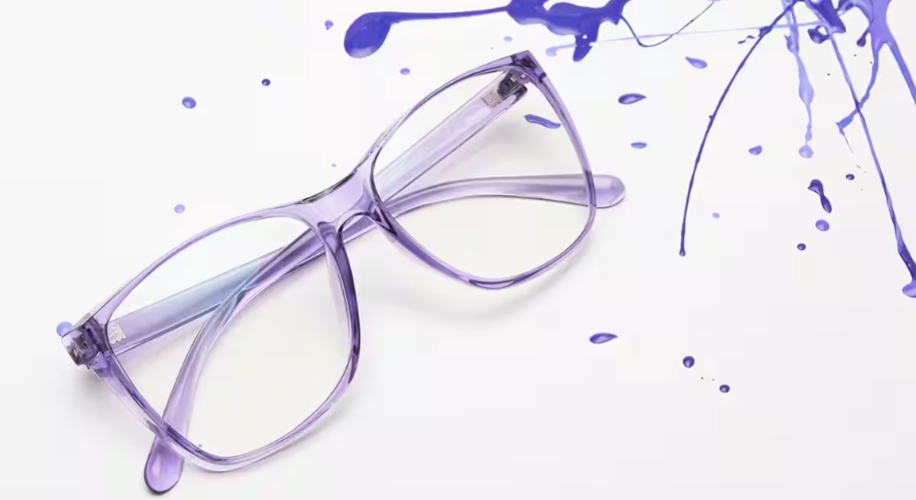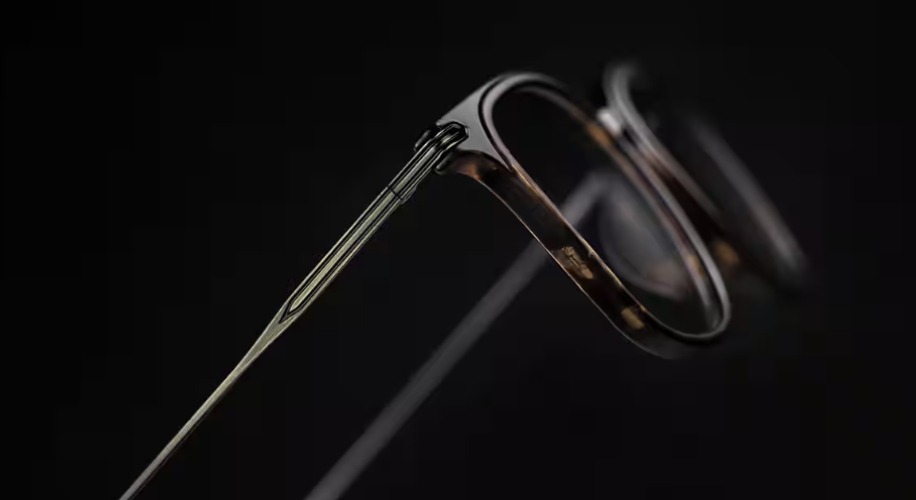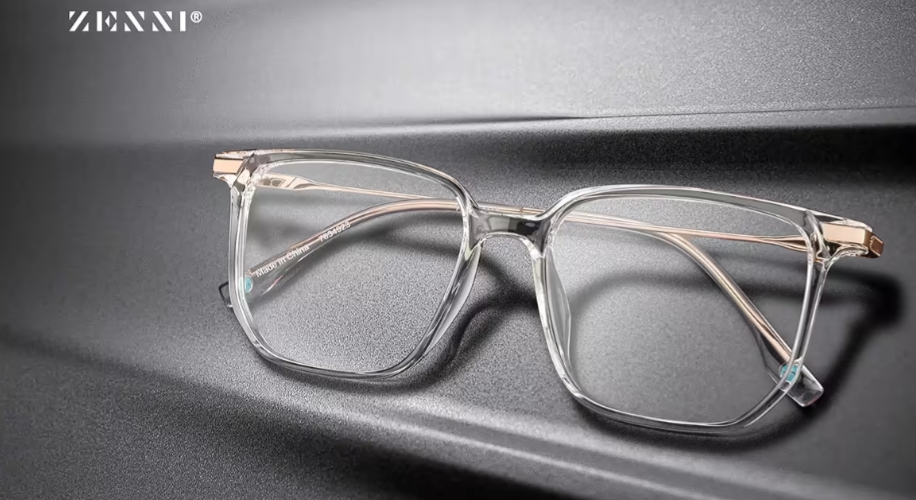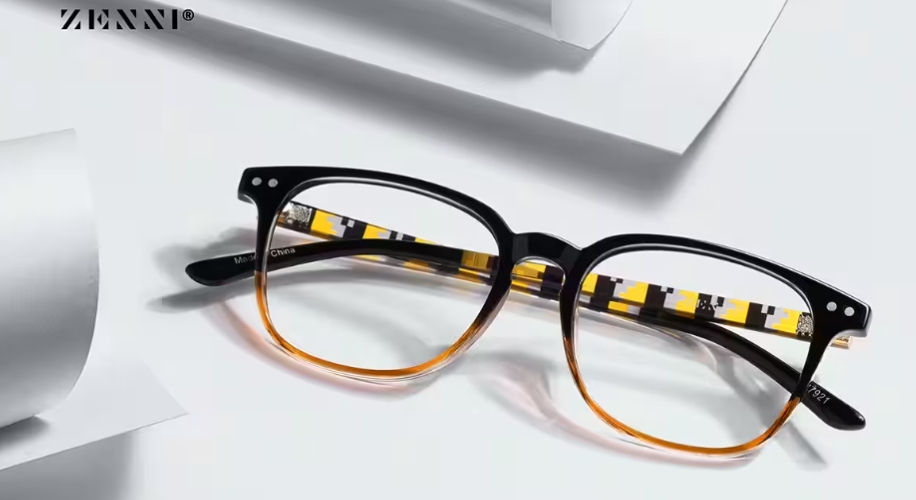Exploring Different Glasses Parts and Their Functions

When it comes to eyewear, every component plays a crucial role in ensuring comfort, functionality, and style. Understanding the parts of glasses can help you make informed choices about your eyewear, whether you’re in the market for budget-friendly eyewear online or looking to customize your glasses to suit your specific needs. Let’s delve into the anatomy of glasses and explore how each part contributes to your vision and overall wear experience.
Shop Frame
Frames: The Foundation of Your Eyewear
The frame of your glasses is like the chassis of a car – it holds everything together. Here’s a breakdown of the frame components:
- Front: This is the part that holds the lenses in place and is the most visible. Frames come in various shapes and materials, from lightweight and durable titanium glasses to trendy classic styles.
- Bridges: The bridge connects the two eye wires and sits on your nose. The fit of the bridge is crucial for comfort and positioning of the glasses.
- Hinges: These allow the temples to fold in and out for storage and wear. Quality hinges contribute to the durability and longevity of the glasses.
- Temples: Also known as arms, they extend over the ears to hold the glasses in place. Some come with adjustable temple tips for a better fit.
- End pieces: These connect the front of the glasses to the temples and can be a subtle style statement.
- Nose pads: Adjustable pads that allow for a custom fit on the bridge of your nose, enhancing comfort.
Shop Frame
The Lenses: Your Window to the World
While frames bring personality, lenses carry the essence of glasses – vision correction and protection. Here are the key lens types and coatings:
- Single Vision Lenses: Designed for one field of vision, be it distance, intermediate, or close-up work.
- Progressive Lenses: These multifaceted lenses offer a seamless transition between multiple fields of vision. For those new to progressives, our Progressives Informational Page provides a wealth of knowledge on the latest progressive lens technology.
- Coatings: Lenses can be enhanced with a variety of coatings for extra protection and clarity, such as scratch-resistant and anti-reflective coatings, which can be explored in-depth on our Anti-Reflective Coatings guide.
Choosing the right lens can be a fine balance between function and fashion – lens thickness, material, and treatments all play a role in the overall aesthetics and comfort of your eyewear.
Shop Frame
Lens Customization
Customizing lenses is a vital part of personalizing your eyewear experience. From blue light blocking for those long hours in front of the computer to UV coatings for protection against harmful sun rays, the customization options are vast. You can even opt for photochromic lenses, which darken in the presence of UV light, transitioning seamlessly from indoor to outdoor environments. Our Transitions Lenses page offers insights into this convenient lens choice.
Fitting and Comfort: Ensuring the Perfect Wear
Even the most stylish and well-crafted glasses can be uncomfortable if they don’t fit correctly. When choosing glasses, consider these aspects:
- Frame Size: Frames should be proportional to your face size and provide a snug fit without pinching behind the ears or sliding down the nose.
- Temple Length: The temples should be long enough to provide a comfortable fit behind your ears without causing pressure. Ensure that the temple length is appropriate for your head size, and if needed, opt for frames with adjustable temples for a customizable fit.
About the Author: Dr. Sophia Moh, OD, ABOC
Dr. Sophia Moh, OD, is an optometrist based in the Bay Area, California. She holds a doctorate from UC Berkeley School of Optometry and has worked in various eye care settings, including primary care optometry, general ophthalmology, community health clinics, and Veterans Affairs. Dr. Moh is dedicated to improving global vision health by making high-quality, affordable eyewear accessible to all. She is also a certified American Board Optician (ABO) and actively contributes to optical education through training and lectures.





 Canada
Canada